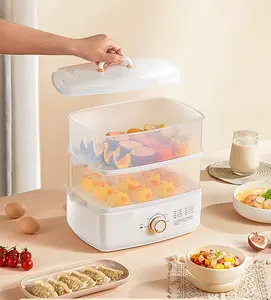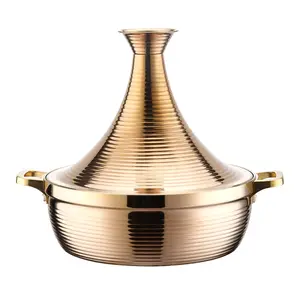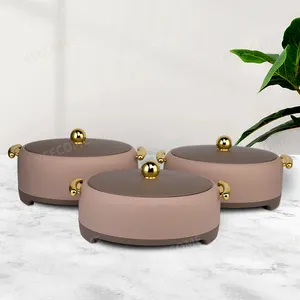

Bạc Vàng Ba Lớp Thép Súp Nồi Thực Phẩm Ấm Hơn Lẩu Không Dính Đồ Nấu Nướng Thiết Lập Chất Lượng Tốt Lẩu Bộ


Nhà Bếp Ngoài Trời Thép Không Gỉ 201 Dày 08 Thực Phẩm Tự Chọn Chảo Nguồn Cung Cấp Lưu Trữ Gn Pan Thực Phẩm Ấm Hơn Container Lưu Vực Tự Chọn Khay


Nhà Máy Giá khách sạn sang trọng vàng và bạc tự chọn nhiệt thực phẩm ấm hơn Set bán buôn nhiên liệu thép không gỉ chafing món ăn


Marble Buffet Ceramic Food Warmer Set Với Nắp Thủy Tinh Thiết Bị Phục Vụ Thương Mại Thương Mại Được Sử Dụng Hình Chữ Nhật Sang Trọng Hình Dạng

























 浙公网安备 33010002000092号
浙公网安备 33010002000092号 浙B2-20120091-4
浙B2-20120091-4